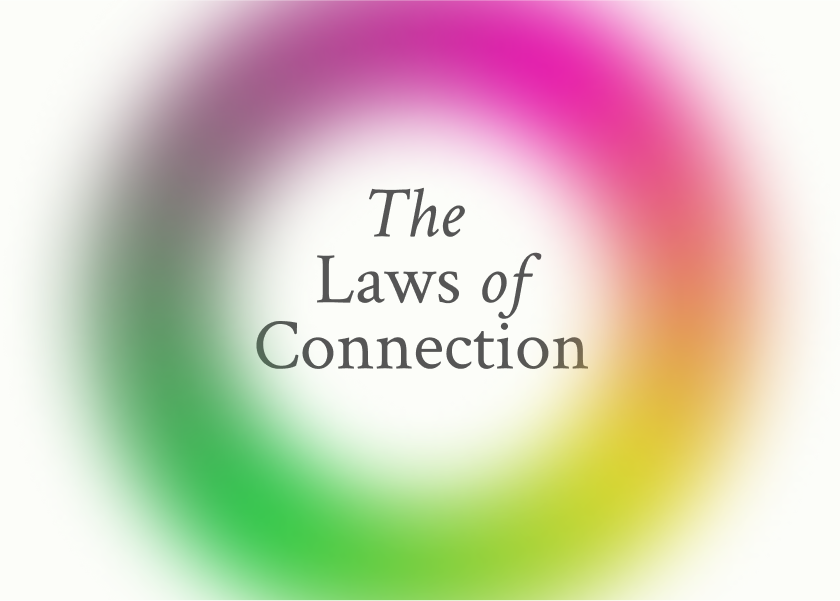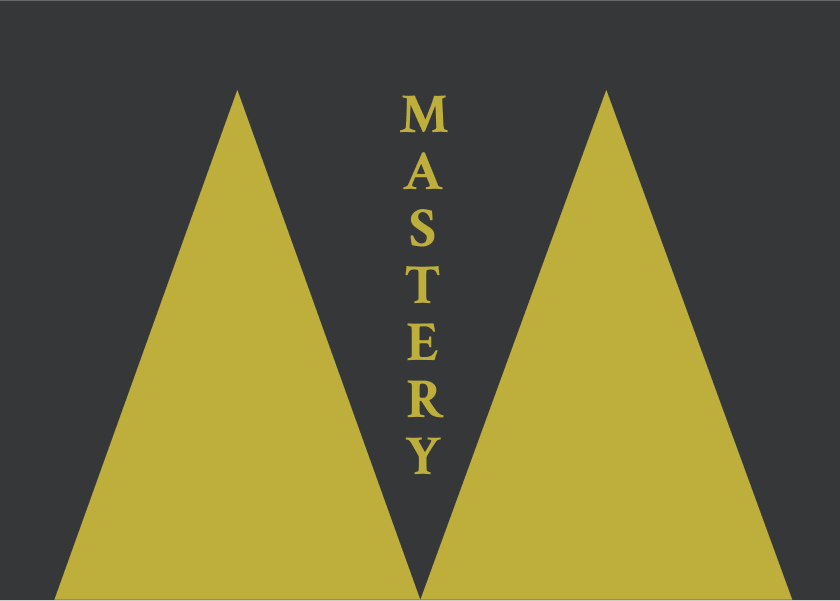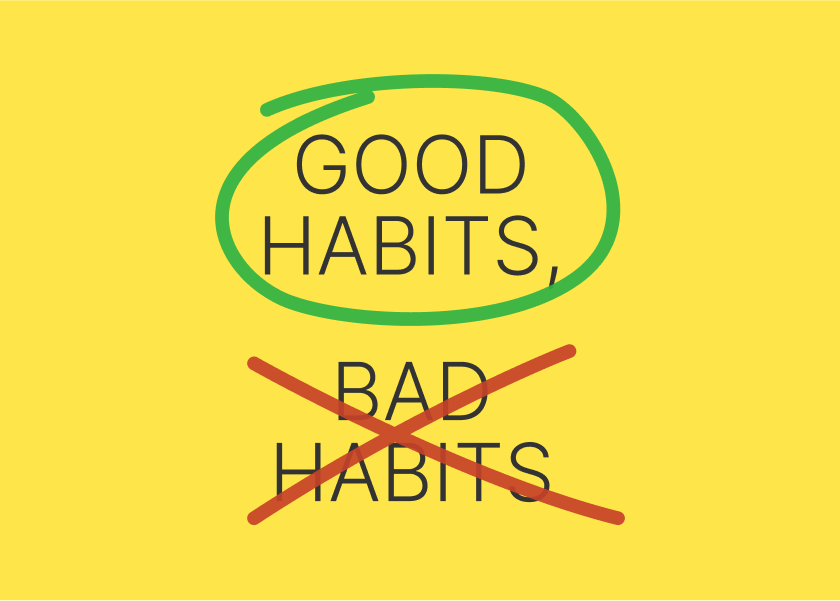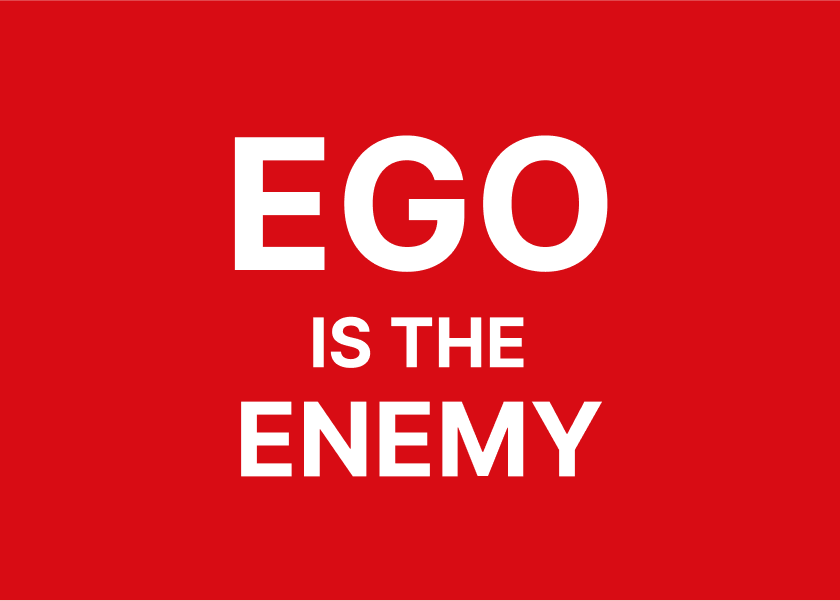Feel the Fear and Do It Anyway by Susan Jeffers - Summary
This book will help you pursue your goals, even though you might feel afraid of doing it. Learn to handle anything, build confidence, and create a life you love. Stop being held back and start living fully!
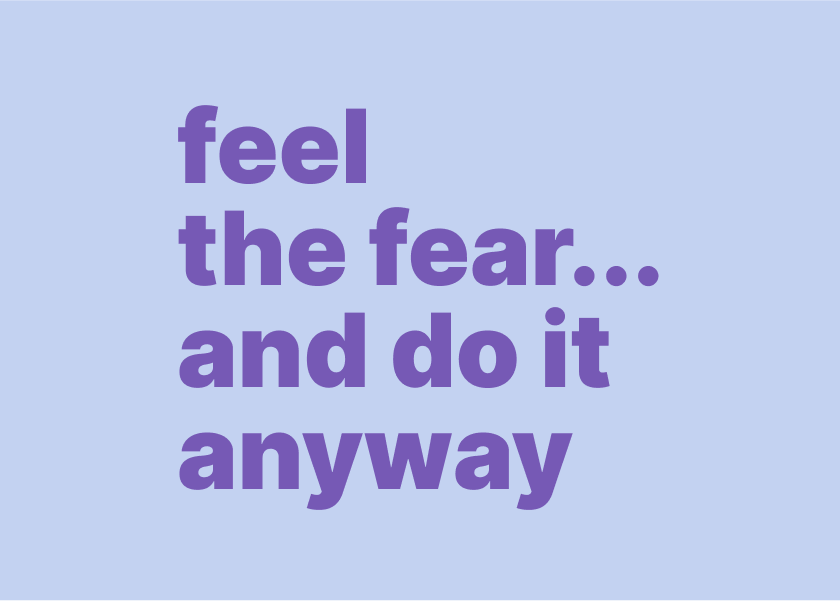
The following is a summary and review of the book Feel the Fear and Do It Anyway® by Susan Jeffers.
Your Guide to Turning Fear into Power
Are you tired of fear holding you back from living the life you truly desire? Do feelings of indecision and anxiety paralyse you when faced with new challenges? Susan Jeffers' seminal work, Feel the Fear and Do It Anyway®, offers a powerful and practical approach to understanding and overcoming your fears. This internationally acclaimed bestseller has empowered millions to break free from the shackles of fear and embrace a life filled with action, confidence, and love. Whether you're looking to save time or simply want actionable tips to start conquering your fears today, this comprehensive summary provides the essential insights from Jeffers' transformative book.
Table of Contents
- About the Author
- Who Should Read This Book?
- Key Insights and Themes
- Detailed Summary
- Review
- Actionable Takeaways
- FAQs
- Conclusion
About the Author
Susan Jeffers, Ph.D., was a renowned self-help author and public speaker, often hailed as "the Queen of Self-Help". With her books published in over one hundred countries and translated into more than thirty-six languages, Jeffers has touched the lives of countless individuals seeking personal empowerment. Feel the Fear . . . and Do It Anyway launched her career as a bestselling author, establishing her as a leading voice in the field of self-help. Her work is characterised by its practical advice, encouraging tone, and focus on actionable techniques for personal growth.
Who Should Read This Book?
This book is a must-read for anyone who experiences fear, indecision, or anger that prevents them from living a fuller life. It is particularly beneficial for:
- Individuals who feel stuck or paralysed by their fears in any area of life, whether it's career changes, relationships, personal growth, or everyday challenges.
- People who are seeking practical tools and techniques to manage anxiety and build self-confidence.
- Those who want to understand the underlying causes of their fears and develop a more empowered mindset.
- Anyone looking to take more control of their life, pursue their dreams, and experience greater joy and satisfaction.
- Individuals interested in personal growth and self-improvement, regardless of their age, sex, or background.
Key Insights and Themes
Here are some key takeaways from Feel the Fear and Do It Anyway®:
- Fear is a natural part of life and doesn't need to hold you back.
- The underlying cause of fear is a lack of trust in your ability to handle whatever comes your way.
- Pushing through fear is less frightening than living with the underlying fear of helplessness.
- Inability to deal with fear is primarily an educational problem that can be overcome by re-educating the mind.
- Taking responsibility for your experiences is crucial for diminishing fear and gaining power.
- Your inner "Chatterbox" – the negative voice in your head – fuels your fears and needs to be managed with positive self-talk.
- Positive thinking is a skill that requires constant practice and provides immense power in overcoming fear.
- Expanding your comfort zone, even through small risks, builds confidence and diminishes fear.
- There are no "wrong" decisions when using the No-Lose Model, as every outcome offers opportunities for learning and growth.
- Cultivating a "Whole Life Grid" with commitment to various life areas reduces dependence and fear.
- Saying "yes" to your universe means accepting life's experiences, both positive and negative, and finding value in them.
- Giving away various forms of abundance (thanks, information, love) helps to overcome the fear of lack.
- Connecting with your "Higher Self" – your inner source of wisdom and love – provides a powerful antidote to fear.
- Intuition is a valuable tool for navigating life's challenges; learning to listen to and act on it can lead to positive outcomes.
Detailed Summary
Understanding Fear
Jeffers begins by asserting that fear will always be a part of life for everyone. She categorises Level 1 fears into two types: those that "happen" (e.g., aging, illness, losing a loved one) and those requiring action (e.g., changing career, making decisions, public speaking). Regardless of the specific fear, the fundamental issue is a lack of trust in one's ability to handle whatever comes. Jeffers emphasises that this inability is not a psychological problem but rather an educational one, suggesting that by re-educating the mind, one can view fear as a fact of life, not a barrier.
The Power of "I Can Handle It!"
The core message is that diminishing fear comes from developing trust in your ability to handle any situation. By consciously working on this trust, you can reach a point where you confidently believe, "Whatever happens to me, given any situation, I can handle it!" Jeffers acknowledges that this might seem challenging when facing significant hardships, but she encourages readers to use the tools in the book to move towards this level of self-confidence.
Truths About Fear
Jeffers introduces several "Fear Truths," including the idea that those who have successfully dealt with fear throughout their lives have intuitively understood that you must feel the fear . . . and do it anyway. A crucial truth is that pushing through fear is less frightening than living with the underlying fear that comes from a feeling of helplessness.
Moving from Pain to Power
To actively tackle fear, Jeffers introduces the Pain-to-Power Chart, a visual tool to track one's progress in gaining more control over their life. She provides steps for using this chart, emphasising that action is very powerful in moving from a place of paralysis to one of energy and excitement. Developing a Pain-to-Power Vocabulary is also key, replacing disempowering words like "I can't" with empowering alternatives like "I won't". Similarly, phrases like "If only" can be reframed with a focus on future learning ("Next time"), and helpless questions like "What will I do?" can be replaced with confident affirmations like "I know I’ll handle it". Jeffers stresses the importance of expanding your comfort zone by taking small risks, as this builds power and confidence. She clarifies that these risks should enhance self-worth and integrity, excluding harmful or unethical actions.
Taking Responsibility for Your Life
A significant portion of the book focuses on the concept of taking responsibility for your experience of life, which Jeffers argues is often misunderstood. This means never blaming anyone else for your feelings or circumstances, and equally important, not blaming yourself. She emphasises that everyone has always done the best they could at any given time and that self-criticism is counterproductive to growth. Other aspects of taking responsibility include:
- Handling the Chatterbox: Becoming aware of and managing the negative internal voice.
- Discovering Payoffs for Staying Stuck: Identifying the unconscious benefits of remaining in a fearful state.
- Figuring Out What You Want and Acting On It: Setting goals and taking steps to achieve them.
- Being Aware of Your Choices: Recognising the numerous options you have in any situation, both in actions and feelings.
The Power of Positive Thinking
Jeffers dedicates a chapter to the importance of positive thinking, explaining that negative thoughts diminish power and increase paralysis from fear. She stresses that positive thinking requires a special commitment and a great deal of practice. She recommends several tools to cultivate a positive mindset:
- Positive Self-Talk (Affirmations): Using positive statements in the present tense to reprogram the subconscious mind.
- Positive Audiotapes and CDs: Listening to affirmations, relaxation exercises, and motivational content.
- Positive Books: Reading inspiring and motivating material and actively engaging with the content.
- Index Cards and Post-it Notes with Positive Quotes: Placing reminders of empowering messages in visible places.
Jeffers provides a "Beginner’s Intensive for Positive Thinking," outlining how to integrate these tools into a daily routine to outtalk negativity.
The No-Lose Model
When faced with decisions, Jeffers advocates for using the No-Lose Model, which reframes choices so that every outcome is seen as an opportunity for learning and growth. This contrasts with the No-Win Model, which leads to paralysis and fear of making the "wrong" choice. Jeffers offers steps for making decisions using the No-Lose Model, including focusing on potential gains, doing thorough research, establishing priorities, trusting your impulses, and lightening up. After making a decision, it's important to "throw away your picture" of the ideal outcome, accept total responsibility for the results, and focus on adapting rather than rigidly correcting.
Creating Your Whole Life
Jeffers introduces the concept of the Whole Life Grid, a tool to identify and commit to various important areas of your life beyond just one or two focal points like relationships or work. By consciously giving 100% commitment to each "box" in the grid and "acting as if" you count in each area, you create balance and reduce the fear of loss in any single area. Key areas often include relationships, work, personal growth, contribution, and health. Jeffers emphasises that action is key to making the envisioned life a reality.
Saying Yes to Your Universe
This principle involves accepting all of life's experiences, even the painful ones, understanding that they offer opportunities for growth and learning. By consciously choosing to say "yes" instead of resisting difficult situations, you avoid feeling like a victim and enhance your ability to handle challenges. Jeffers provides steps to cultivate this "yes" attitude, including creating awareness of when you are saying "no," physically nodding "yes," relaxing your body, adopting an attitude of "it's all happening perfectly," and being patient with yourself.
The Power of Giving
Overcoming the fear of lack involves actively giving away various forms of abundance, such as thanks, information, and love. Jeffers stresses that giving should be done without expectations of return, but the rewards are often significant, increasing one's sense of personal power and connection. She also highlights the difference between giving from a sense of obligation versus giving from a place of knowing you count, with the latter being far more impactful and satisfying.
Connecting with Your Higher Self
Jeffers introduces the concept of the Higher Self, an inner source of wisdom, love, and abundance that lies beyond the negative influence of the Chatterbox. By consciously choosing to listen to the Higher Self through practices like affirmations, positive thinking, and meditation, you tap into a powerful resource for overcoming fear and experiencing "full-fillment". She also discusses the role of the subconscious mind and how it acts on the instructions it receives from the conscious mind, whether positive or negative. Jeffers encourages readers to explore intuition as a way the subconscious communicates guidance. She also introduces guided visualisation as a powerful technique to connect with the Higher Self and envision a life without fear.
Staying on the Path
The journey of overcoming fear requires trust and patience. Jeffers reminds readers that setbacks are part of the process and that every experience, whether joyful or challenging, offers something to learn. The key is to persist, to "take" the lessons from available resources, and to actively use the "muscle" that lifts you to your Higher Self.
Review
Feel the Fear and Do It Anyway® has garnered widespread praise for its practical and encouraging approach to overcoming fear. Louise L. Hay, Jack Canfield, and Jordan Paul all highly recommend the book, highlighting its ability to help people achieve success and personal empowerment. Critics have described it as "comforting, practical, upbeat . . . a commonsense exercise program for the mind" and "a truly revolutionary tool to fearless living!". Jeffers' writing style is accessible and relatable, making complex psychological concepts easy to understand and apply.
However, as with many self-help books, some readers might find certain concepts repetitive. The emphasis on constant positive self-talk and the need for ongoing practice might also feel demanding to some. Nevertheless, the book's strengths lie in its clear articulation of the root causes of fear and its provision of concrete, actionable strategies for change. Its enduring popularity is a testament to its effectiveness in empowering individuals to take control of their lives and move beyond their fears.
Actionable Takeaways
Here’s how to apply these lessons in real life:
- Identify Your Fears: Make a list of your Level 1 fears, categorising them as those that "happen" and those requiring action.
- Challenge Your Lack of Trust: Whenever you feel afraid, remind yourself that it stems from a lack of trust in your ability to handle the situation. Consciously work on building that trust by affirming, "I can handle it!".
- Create a Pain-to-Power Chart: Visualise your journey from fear to empowerment and track your progress.
- Shift Your Vocabulary: Replace disempowering phrases with empowering ones (e.g., "I won't" instead of "I can't").
- Take Small Risks: Regularly step outside your comfort zone in small ways to build confidence.
- Take Responsibility: Stop blaming others or yourself for your experiences and focus on your reactions and choices.
- Manage Your Chatterbox: Become aware of your negative self-talk and actively counter it with positive affirmations.
- Practice Positive Thinking Daily: Incorporate positive self-talk, audios, books, and quotes into your routine.
- Apply the No-Lose Model: When facing decisions, focus on the learning and growth opportunities in every outcome.
- Create Your Whole Life Grid: Identify key areas of your life and commit to giving 100% and "acting as if" you count in each.
- Practice Saying Yes: Consciously choose acceptance over resistance when faced with challenging situations.
- Embrace Giving: Find ways to give thanks, information, and love without expecting anything in return.
- Connect with Your Higher Self: Dedicate time for quiet reflection, affirmations, meditation, or guided visualisations.
- Be Patient and Persistent: Understand that overcoming fear is a lifelong journey that requires ongoing effort and self-compassion.
FAQs
- What is the core message of Feel the Fear and Do It Anyway®? The book's central message is that fear is a natural part of life, but it doesn't have to prevent you from pursuing your goals and living a fulfilling life. The key is to develop trust in your ability to handle whatever comes your way and to take action despite feeling afraid.
- Is this book just about ignoring fear? No, the book is not about denying or ignoring fear. Instead, it teaches you how to acknowledge fear, understand its root causes (primarily a lack of self-trust), and develop practical techniques to move forward despite it.
- Can the techniques in this book really work for all types of fear? Jeffers argues that the underlying principle of lacking self-trust applies to all fears. The book provides a range of tools and concepts that can be adapted to address various situations, from everyday anxieties to significant life changes.
- Is this a quick fix for fear? Jeffers emphasises that overcoming fear is an ongoing process that requires commitment and practice. While the book offers immediate actionable steps, lasting change comes from consistently applying the principles and tools over time.
- Does the book dismiss the validity of real dangers? No, Jeffers clarifies that the "risks" she refers to are those that build self-worth and do not include physically dangerous or unethical acts. The book focuses on overcoming the fear that prevents positive growth and action in one's life.
Conclusion
Feel the Fear and Do It Anyway® offers a powerful and enduring message of hope and empowerment. By understanding the nature of fear, developing self-trust, and utilising the practical tools provided by Susan Jeffers, readers can learn to break free from the limitations imposed by their anxieties. This book serves as a valuable guide on the journey towards a more courageous, confident, and fulfilling life. Embrace the wisdom within these pages and remember: you have the power to feel the fear . . . and do it anyway!
As an Amazon Associate, ShelfHelp may earn money from qualifying purchases. Needless to say, ShelfHelp only includes affiliate links to books we recommend and think are worth your time reading.

